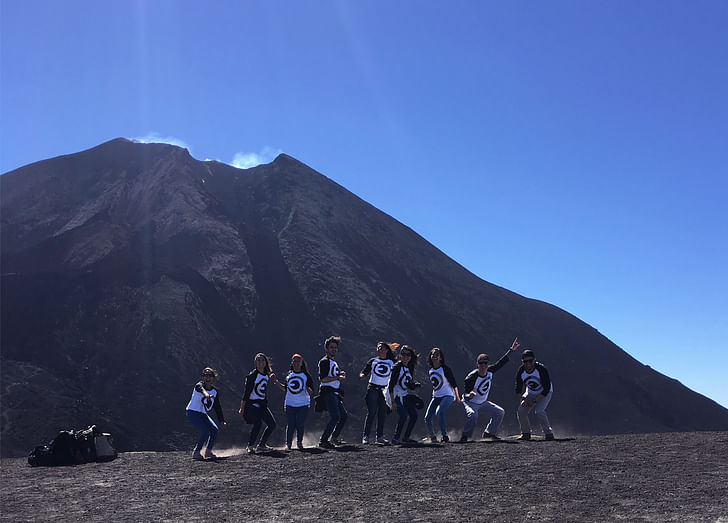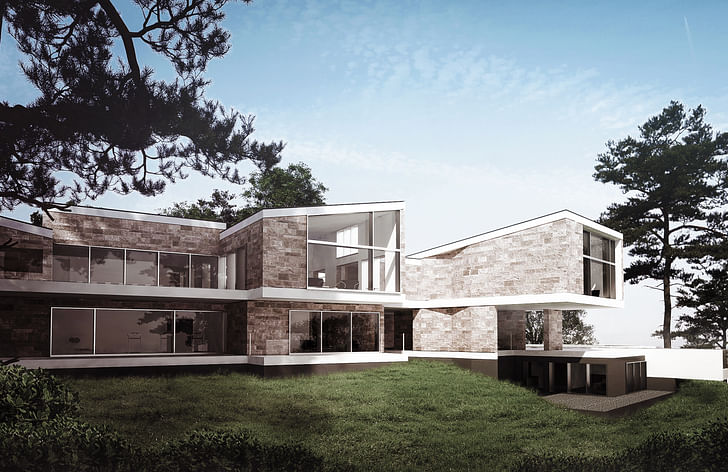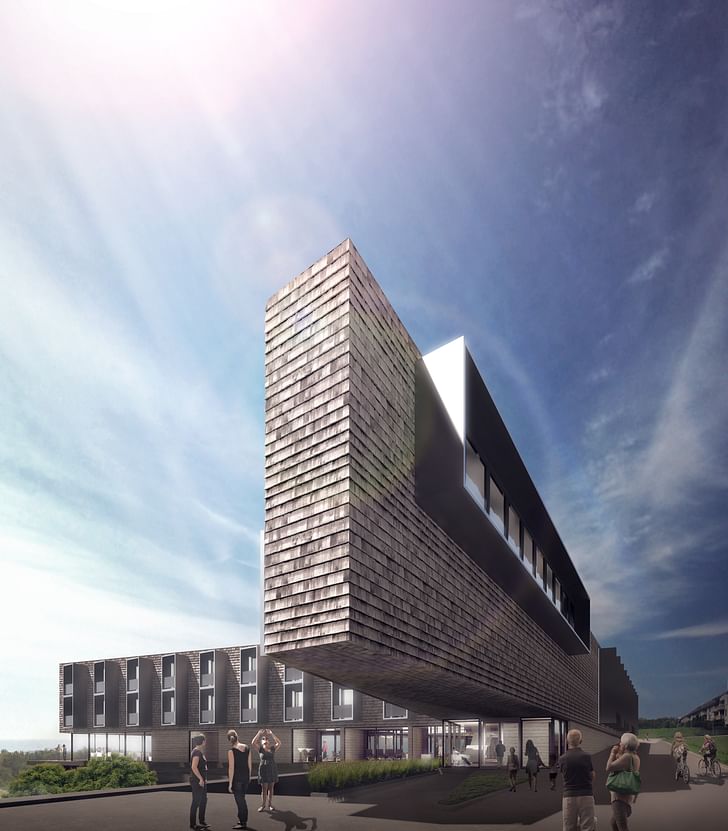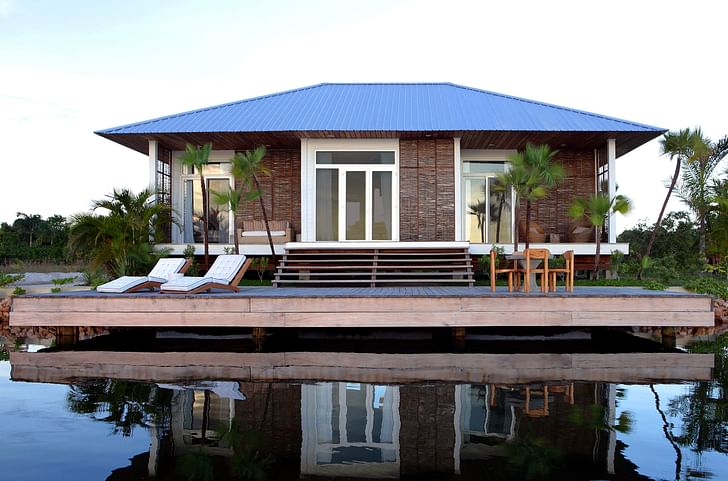

This week on Small Studio Snapshots, we are featuring a studio that, while small, has managed to spread its wings far with offices in both Guatemala and Boston. We talked with Roberto de Oliveira Castro, founder of De Oliveira Castro Arquitectos, to see what set of unique challenges this set-up presents.
How many people are in your practice?
Currently, we are a team of ten full-time members, plus one or two interns at any given time, split between Boston and Guatemala. I have kept the office small in order to maintain a level of intensity in the work that helps people stay engaged and cultivates a strong office culture. Both qualities can only develop through slow growth and collaborative work.
When people join the team, I always let them know that they are working as a part of one office that works in two distinct ways. For the first, when I am not in Guatemala, the team needs to be self-reliant, comfortable communicating over technology and able to rely on different tools to do their work. For the second, when I am in town, the focus is on flexibility. Often, when I arrive, I make changes to how work is being done. In this environment, to be successful everyone on the team, including me, needs to be aware of all the different projects going on and be willing to jump in when and where they're needed.

Why were you originally motivated to start your own practice?
After several years of working for Machado and Silvetti (MSA) in Boston, I opened a small firm with three colleagues. We ran several winning competitions during our tenure at MSA, and we decided to give it a go on our own. This transition happened in 2007—a difficult time due to the recession. We were able to succeed thanks to some great projects, a low overhead, and our teaching positions at some local universities. Seven years after opening that firm, I was presented with a chance to open an office in Central America. It was a tough decision as it implied leaving a great group of friends. I decided it was an opportunity I could not pass up and now have an office in Guatemala with a satellite office in Boston, where I am based.During that process, I often lost control of key decisions leaving me wishing I had been able to be involved until the end.
The main drivers for opening the office in Guatemala were to be able to control the process of design and construction. In the past, I landed several projects but was only hired to do the schematic design set, which was then handed over to a local firm to finish the construction documents and do construction administration. During that process, I often lost control of key decisions leaving me wishing I had been able to be involved until the end. Though the new office is young, with one resort under construction and several projects on the drawing table, we are now able to participate through the entire process making us a more attractive partner and allowing us to participate in key decisions till the completion of the project.


What hurdles have you come across?
The first hurdle is communication. Communication can always be a challenge and this is especially true for an office where the team is split between two countries and often has construction sites at a third location. At the same time, since that has always been the way we work, I think we've figured out how to manage it. We are always in touch through text apps or internet calls allowing us to feel constantly connected. (Though, depending on the countries we are working in, internet speed can be the biggest issue.)
Another hurdle is managing large projects with a small team. Since staying small is important for the whole team, we have developed and want to continue developing strategies that help us be as efficient as possible and not sacrifice quality. We all want to work on interesting projects, so the entire team is willing to push harder to ensure everyone is learning from all the work.
Is scaling up a goal or would you like to maintain the size of your practice?
We definitely want to scale up in terms of quality and size of projects. For the moment, the size of the office is just right, so I want to keep it close to this size. As projects grow, we may consider bringing in some help and/or collaborating with other firms, which we have done successfully for several competitions in the past two years. Today, I think our ideal size would be around 15 members...but who knows what the future has in store.


What are the benefits of having your own practice?
As always, there are few benefits without drawbacks, but having your own practice gives you freedom. When you run your own practice you have the ability to choose the projects you take on and select a team that inspires you. That freedom also puts a lot of weight on your shoulders. It forces you to confront situations that architecture school never prepared you for. The learning curve to really know how to own and run a business can be steep. In the office, we often talk about how architecture is a profession that evolves from a focus on drawing and design to a world of emails and spreadsheets. What I have realized is that for me owning a practice allows me to do all the things I like to do. I can distribute the workload among my team in order to be able to keep drawing and designing, I can continue learning about new technologies both in the design and manufacturing processes, and I can run a business.In the office, we often talk about how architecture is a profession that evolves from a focus on drawing and design to a world of emails and spreadsheets.
And staying small?
Staying small gives us the chance to focus on projects in a more intimate way and allow us to build meaningful partnerships. Since staying small limits the reach you can have, collaborating with specialized teams becomes the way that we work. For us, this is an enormous benefit, as those collaborations enrich the team and potentially extend our reach into new fields.

No Comments
Block this user
Are you sure you want to block this user and hide all related comments throughout the site?
Archinect
This is your first comment on Archinect. Your comment will be visible once approved.